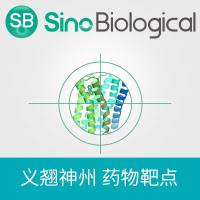The purification of antimicrobial peptides from natural sources often yields only minute amounts of peptides. Although continuing miniaturization of many analytical methods and bioassays has reduced peptide requirements, X-ray crystallography and 3D NMR still obligate 10 mg of peptide or more, and even higher amounts may be necessary for activity studies in animal models. Chemical peptide syntheses is widely available and frequently yields highly pure bioactive products. However, problems arise with cysteine-rich peptides that must be folded into a specific conformation stabilized by internal disulfide linkages. The natural cellular counterpart of this process involves propeptides that are often much larger than the mature peptide and may contain segments that facilitate folding. It is not surprising that the specific folding of some synthetic cysteine-rich peptides has proven to be such a difficult art. Biosynthesis of recombinant cysteine-rich peptides in bacteria produces misfolded peptides that often form poorly soluble inclusions that must be extracted under reducing and denaturing conditions. Such recombinant peptides must then be refolded. These technical problems are compounded when there is too little natural peptide to serve as a standard for the determination of successful refolding of the (bio)synthetic peptide.






